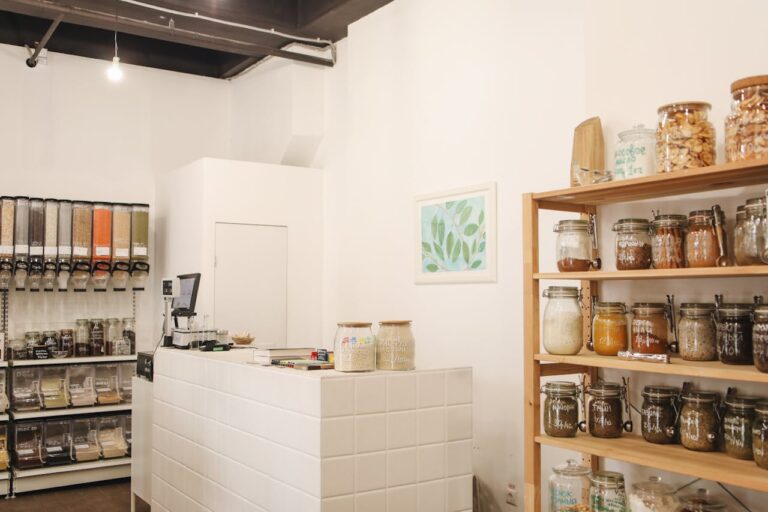- Foot Traffic: Foot traffic is arguably one of the most important factors when choosing a location. The more people walking past your cafe every day, the higher your chances of pulling in customers. Popular tourist areas, shopping streets, and beaches tend to have strong foot traffic, so positioning your cafe near these hotspots can increase your visibility and customer base. You want a location where potential customers can easily see your cafe and decide to walk in for a quick bite or coffee.
- Visibility: Even in a busy area, visibility matters. A cafe hidden away from main roads or located down a quiet alley might not attract as many visitors as one that’s easily seen from a busy street. Make sure your cafe is in a spot where it’s easy for people to spot from a distance. This includes having clear signage that can be seen from the road and an inviting entrance that draws people in. Good visibility increases the chances that passersby will stop in for a coffee, especially if your cafe looks appealing and is easy to access.
- Local Competition: While foot traffic and visibility are crucial, you also need to consider the local competition. If there are already several cafes in the area, it can be harder for your cafe to stand out unless you offer something unique. Look at what nearby cafes are offering in terms of menu, pricing, and customer experience. If you can find a gap in the market or offer a superior experience, such as better coffee, unique ambiance, or a signature menu item, you can still thrive even in a competitive location. However, if the area is saturated with cafes that already have a strong customer base, you might want to consider a different location.
- Seminyak: Seminyak is one of Bali’s most popular tourist hubs, attracting a mix of international tourists, expats, and affluent locals. This area is home to many boutique cafes that offer Instagrammable settings, artisanal coffee, and gourmet food. Seminyak’s cafe culture thrives thanks to the high volume of foot traffic from nearby resorts, villas, and shopping centers. However, competition is fierce, and rental prices are high. If you’re planning to open a cafe in Seminyak, you’ll need to offer something that stands out to capture attention in this crowded market.
- Ubud: Famous for its wellness scene, yoga retreats, and organic food culture, Ubud attracts a different type of tourist. Visitors come here to relax, rejuvenate, and explore Bali’s natural beauty. Cafes in Ubud that focus on healthy, organic offerings and provide a peaceful, serene atmosphere tend to do very well. The market here is more niche, catering to tourists who are seeking mindful experiences. If you want to open a cafe in Ubud, consider aligning your offerings with the wellness theme and providing options that appeal to health-conscious visitors.
- Canggu: Known for its laid-back, surf town vibe, Canggu has become a hotspot for digital nomads and remote workers. Cafes here often double as co-working spaces, offering high-speed internet, comfortable seating, and a relaxed atmosphere where people can work or socialize. A cafe in Canggu that caters to this demographic, offering good coffee, fast Wi-Fi, and a cozy workspace, can thrive. The area also has a growing community of both locals and expats who appreciate trendy cafes with creative menus.







